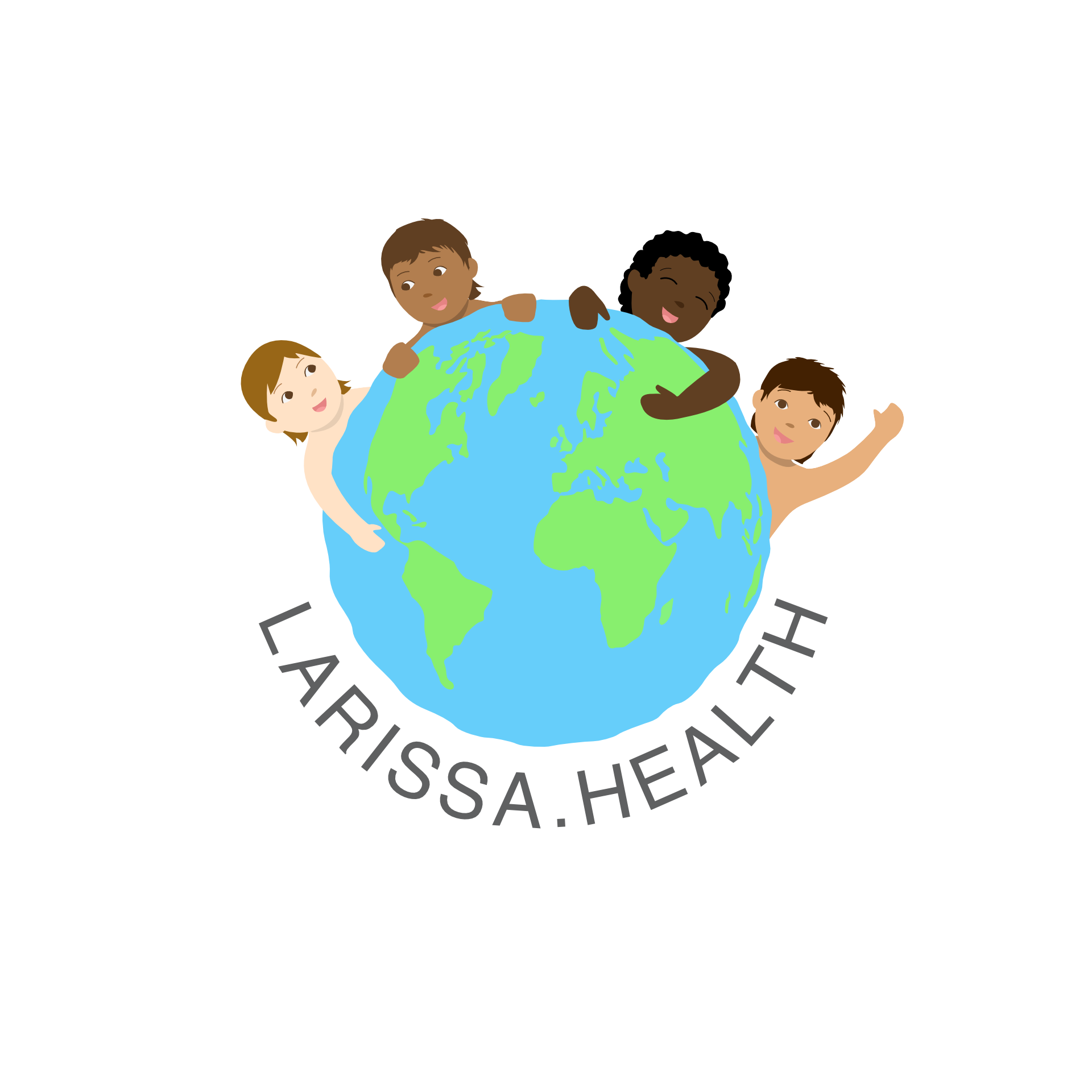Uganda's Strategy to Augment Midwifery Services
Strengthening Maternal Healthcare by Boosting Midwife Numbers to Enhance Maternal Care, aiming to reduce overwork and improve outcomes for mothers and newborns.
In a determined effort to bolster maternal and neonatal healthcare, the Ugandan government has announced a significant increase in the deployment of midwives across the nation. The Ministry of Health has indicated that nine midwives will now be stationed at each Health Center III (HCIII) to alleviate the burden of care on existing staff and enhance the quality of care provided to mothers and newborns.
Dr. Charles Olaro, the Director of Curative Services at the Ministry of Health, has outlined this expansion, which involves a substantial augmentation from the previous two midwives at HCIIs. He stated that HCIIs would now accommodate nine midwives and 17 nurses from diverse specializations.
HCIIIs are pivotal in serving populations around 20000, including approximately 1000 pregnant women. These centers, on average, assist in the delivery of 70 babies per month. However, with only two midwives on duty for 24-hour shifts seven days a week, the workload has been overwhelming.
In response to this stress, the government has also ramped up the number of midwives at Health Center IVs, increasing it from three to 18. This decision was prompted by the rallying call of midwives during the International Day of the Midwives celebrations on May 5, 2023, held under the theme "Together again: from evidence to reality." The midwives emphasized the urgency of augmenting their numbers to reduce the workload and increase the quality of care.
The issue of understaffing has led to burnout among midwives, leading to occasional impoliteness, as reported by Agnes Chandia, the Commissioner of Nursing and Midwifery. Annet Evelyne Kanyonyozi, the President of the National Midwifery Association in Uganda, has urged for an equitable distribution of midwives to align with their workload. Kanyonyozi also highlighted the urgent need for improvement in maternal care, referring to the prevailing neonatal maternal mortality due to avoidable factors such as postpartum hemorrhage and pre-eclampsia.
 Image by Mick Haupt
Image by Mick Haupt
Kanyonyozi further stressed that improvements in midwifery services should be achieved through quality pre-service and in-service education. Moreover, there is a crucial need for midwives to upgrade their education and skills to align with global standards and contemporary complexities in maternal care.
The crucial role of midwives in promoting healthy families, empowering women, and supporting informed decisions about family planning was underscored by Maria Hakansson, the Swedish Ambassador to Uganda. She emphasized the importance of midwives in fostering economic prosperity and sustainable growth by empowering women.
Hakansson also pointed out that midwives are crucial in mitigating challenges such as Gender-Based Violence, child marriages, and teenage pregnancies. She urged the Ugandan government to escalate its investment in education, training, and the deployment of midwives to achieve the Sustainable Development Goals (SDGs) and ensure health equity for all.
The increasing deployment of midwives is expected to enhance the quality of healthcare provided to mothers and babies, as articulated by Agnes Chandia. However, despite steady progress in reducing maternal mortality over the years, the current rate of 336 deaths per 100,000 live births in Uganda is still considerably higher than the SDGs' target of 70 deaths per 100,000 live births by 2030.
According to the Ministry of Health's 2022 report, Uganda recorded 1,226 maternal deaths in health facilities. The UNFPA Country Representative, Dr. Mary Otieno, characterized the mortality rate as unacceptably high and stressed the need for an adequate number of skilled midwives and requisite supplies.
This critical shortage, coupled with the pressing demands of the job, has led to significant stress and burnout among midwives. The Commissioner of Nursing and Midwifery, Agnes Chandia, disclosed that the strain of understaffing often resulted in midwives becoming impolite, a reflection not of their attitudes but of the challenging circumstances.
Annet Evelyne Kanyonyozi, the President of the National Midwifery Association in Uganda, advocated for an equitable distribution of midwives to align with the workload. She revealed a concerning statistic that Ugandan midwives are currently delivering between 350 to 500 mothers, significantly more than the World Health Organisation's recommended maximum of 175. The strain of such numbers, she suggested, is causing a detrimental effect on the quality of care.
Kanyonyozi further explained the pressing issue of preventable neonatal maternal mortality, primarily due to avoidable factors such as postpartum hemorrhage and pre-eclampsia. These mortalities, she said, often arise from delays in seeking care and low uptake of essential safe motherhood products like antenatal care, family planning, and post-natal care.
Kanyonyozi passionately emphasized the necessity of investing in the delivery of quality midwifery services. This investment, she suggested, must include enhancing pre-service and in-service education of midwives, supporting more midwives to advance their careers, and funding their education to meet global standards. She expressed readiness among midwives to undertake specialized courses to meet and avert the complexities arising from various complications, such as pre-eclampsia postpartum hemorrhage.
Maria Hakansson, the Swedish Ambassador to Uganda, echoed these sentiments, stating that the presence of midwives often makes the difference between life and death for newborn babies and their mothers. She also highlighted the broader societal benefits of investing in midwives, including the promotion of healthy families, empowering women and couples to make informed reproductive choices, and contributing to economic prosperity and sustainable growth.
However, Hakansson also noted the negative consequences of the Covid-19 pandemic, which have challenged the positive trends in maternal and child health. The pandemic has resulted in increased numbers of unwanted pregnancies, teenage pregnancies, unsafe abortions, and limitations in accessing sexual and reproductive health services and information, especially for young people.
Addressing these issues, Hakansson suggested, requires concerted efforts to prevent and reduce gender-based violence, child marriages, and teenage pregnancies. Midwives, she proposed, are the cornerstones in actions taken to combat these challenges.
To achieve the Sustainable Development Goals (SDGs), Hakansson further argued that the government must scale up investment in education, training, and deployment of more midwives in the health workforce. She concluded by saying that evidence shows more than 80% of all maternal death, stillbirth, and neonatal death could be averted if midwives are educated according to international standards.
Regarding the current status, reports indicate that Uganda has achieved a steady reduction in the maternal mortality ratio, which currently stands at 336 deaths per 100,000 live births. However, this is still high compared to the Sustainable Development Goals' target of 70 deaths per 100,000 live births by 2030.
Uganda's estimated midwives coverage is about 17 midwives per 10,000 people, far below the World Health Organisation's estimate of 71 nurses and midwives per 10,000 people needed to achieve at least 80% of Universal Health Coverage targets.
Echoing this sentiment, Dr. Mary Otieno, the United Nations Population Fund (UNFPA) Country Representative, stated that the consequences of not having enough skilled midwives and the required supplies are alarming. She argued that universal access to midwives offers the best and most cost-efficient solution to end preventable maternal deaths, emphasizing that by closing the deficit in the number of midwives, two-thirds of maternal and newborn deaths could be averted.
Source: Newvision





